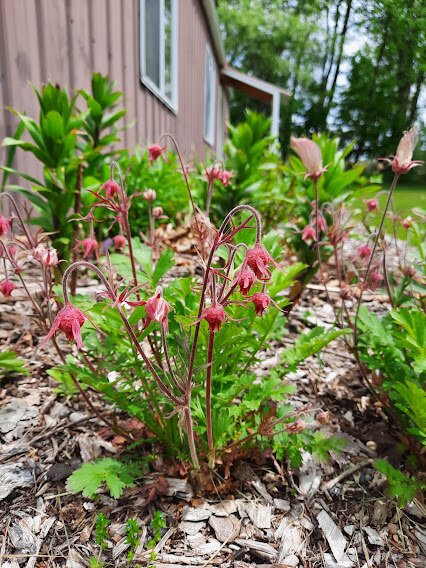Life Cycle: Perennial
Sun Exposure: Full, Partial sun
Soil Moisture: Medium-wet, Medium-Dry
Height: 2 feet
Plant Spacing: 12-18 inches
Bloom Time: May-August
Bloom Color: Purple
Advantages: Deer Resistant, Great Landscaping Plant
Host Plant: 6 species of butterflies and moths use Lobelia as a caterpillar host plant in my area (nwf.org). Most likely the same as the other Lobelias, but I have not found anything specifically pertaining to this species.











